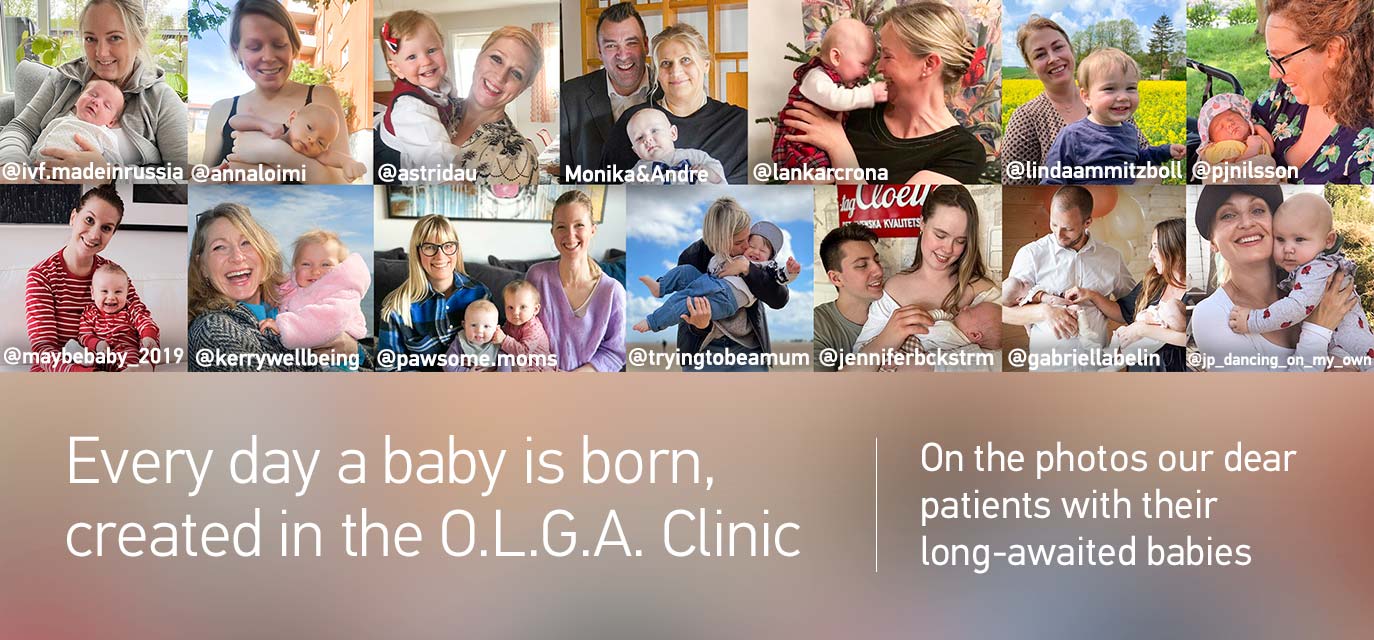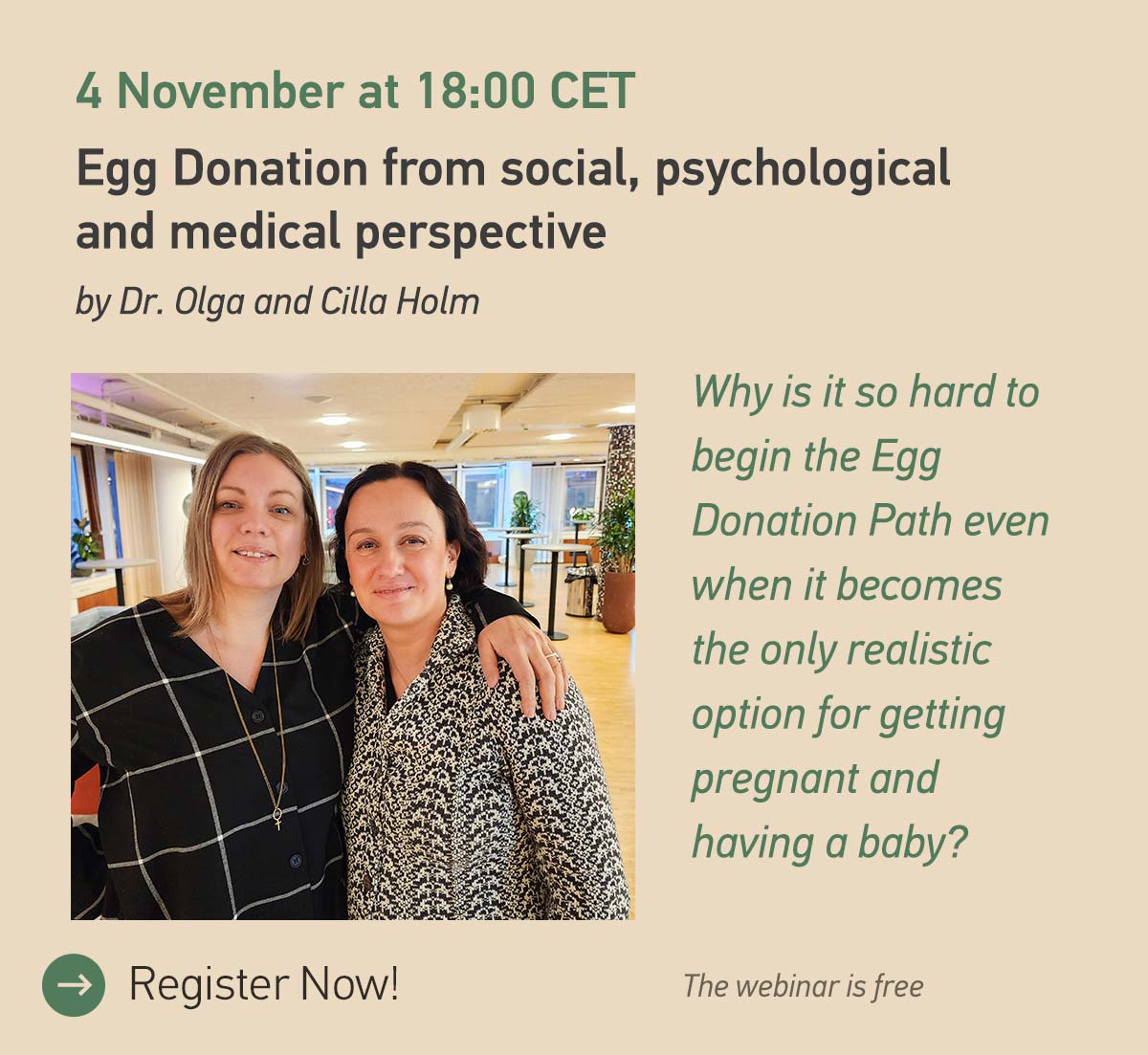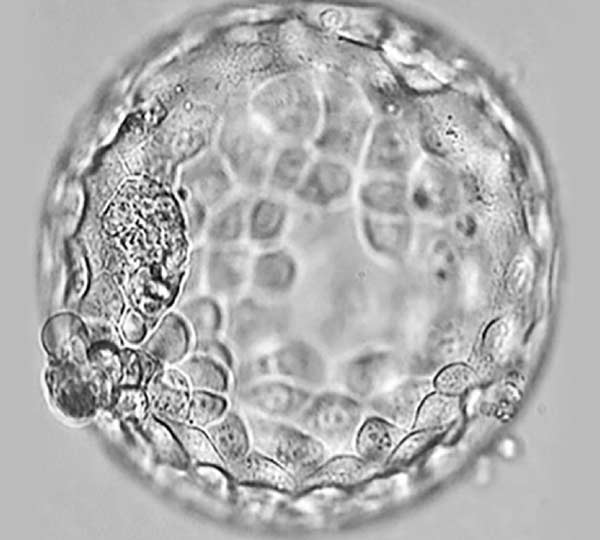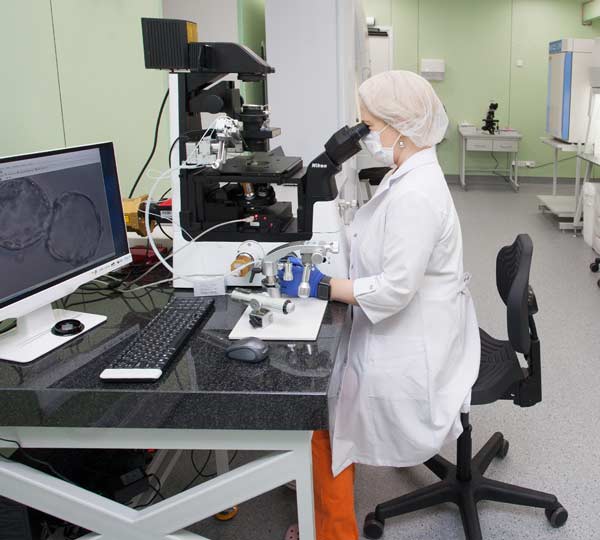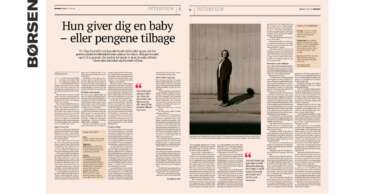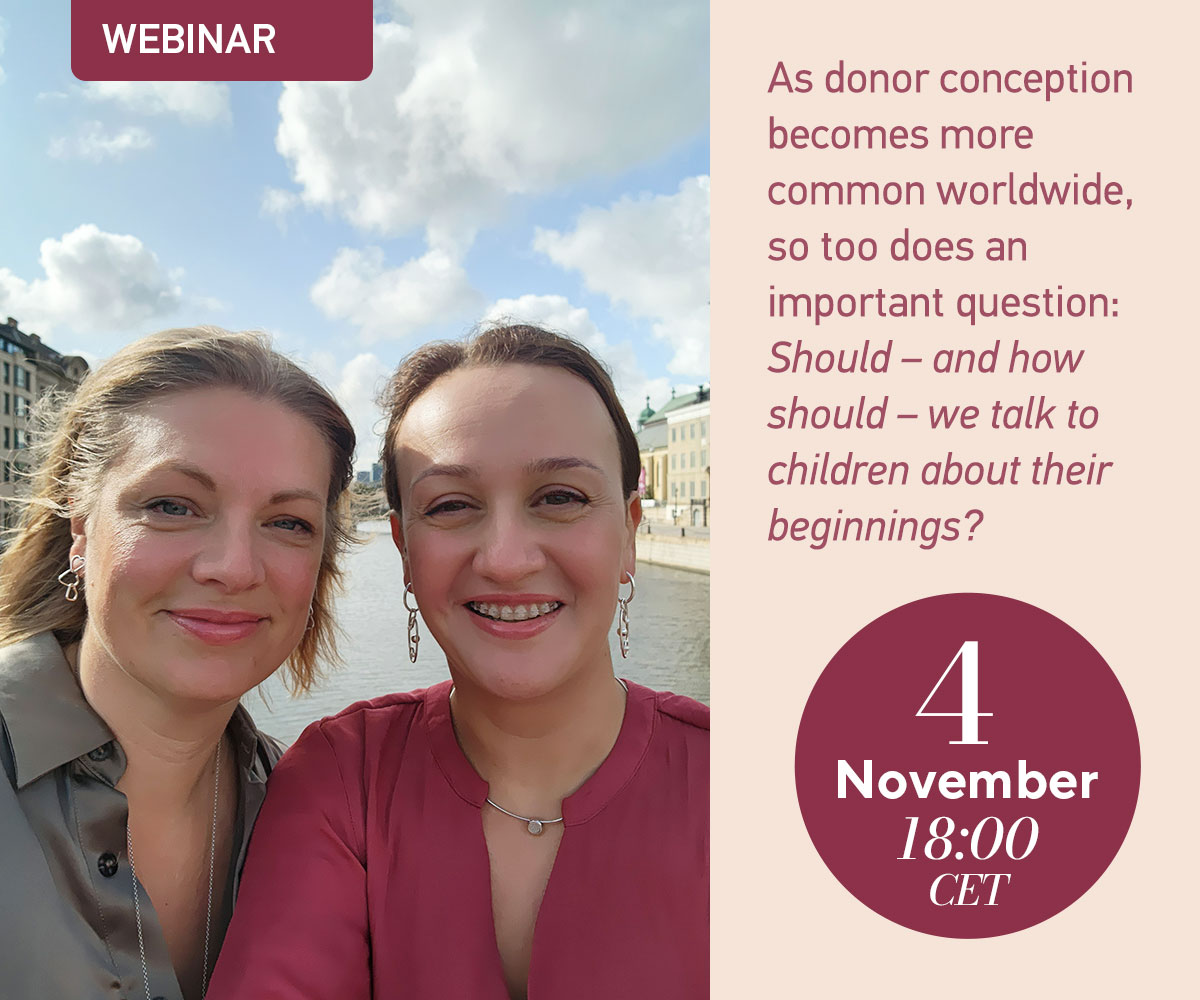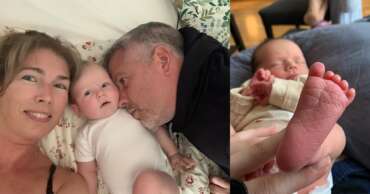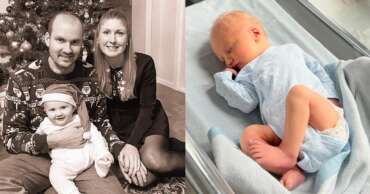Step 1. In the first half of the cycle, FSH stimulates growth of a tiny bubble in the ovary (a follicle), which containes an eg (oocyte). The cells of the follicle produce female hormones (oestrogens) that in their turn stimulate growth of the endometrium (Fig. 2).
Step 2. As soon as the oocyte matures, an LH surge causes rupture of the follicle (ovulation). This normally happens on the 14th-16th day of the cycle. The follicle breaks open and the oocyte ready for fertilization moves into the fallopian tube. The resulting follicle structure is called the corpus luteum (yellow body) which produces progesterone. Progesterone prepares the uterus for a potential conception.
Step 3. The oocyte moves via the fallopian tube into the uterus. It is in the fallopian tube that the oocyte is fertilized. Only one male cell (spermatozoon) reaching the oocyte can get through its membrane.
Genetic material of the mother and father merge together creating a new life. At this moment a so called zygote is created and embryo development starts.
Step 4. The process of first cell divisions takes place while the embryo moves into the uterus. It comes out of the oocyte membrane just before reaching the uterus.
Step 5. On the 6th-8 th day after fertilization, the embryo reaches the uterus and starts growing into endometrium, which is rich in nutrients. This pricess is called implantation.
The embryo, and later the placenta, produce hormones which are the first to support the pregnancy. If no fertilization took place or the embryo couldn’t reach the uterus, the endometrium is shed during menstruation and the cycle starts from the beginning.
Even if the hormones successfully act in sequence, the conception is not a simple process. The conception rate per mesntrual cycle is below 20% for unguarded sexual intercourse in young healthy couples. The causes of such a low percentage are different. For example, oocyte maturation or hormone interaction can be disturbed, fertilization might not be successful because the time was not appropriate, etc., or the embryo division can go wrong, thus it can not implant to the uterus. Therefore, we can talk about infertility only if a couple has not achieved pregnancy within 12 months of unguarded sexual intercourse or longer.


